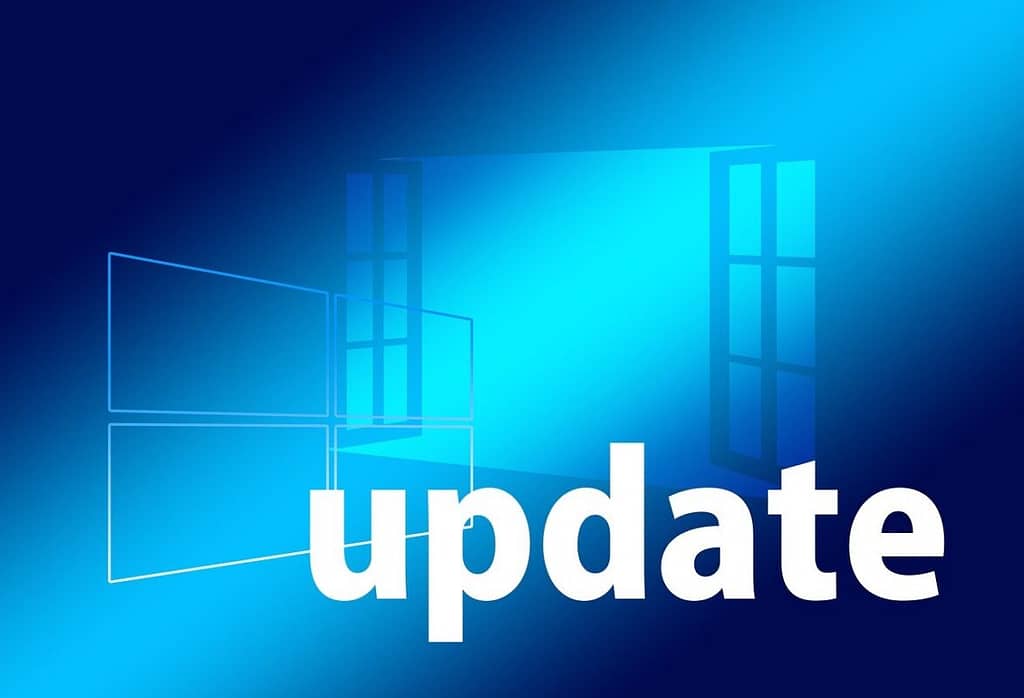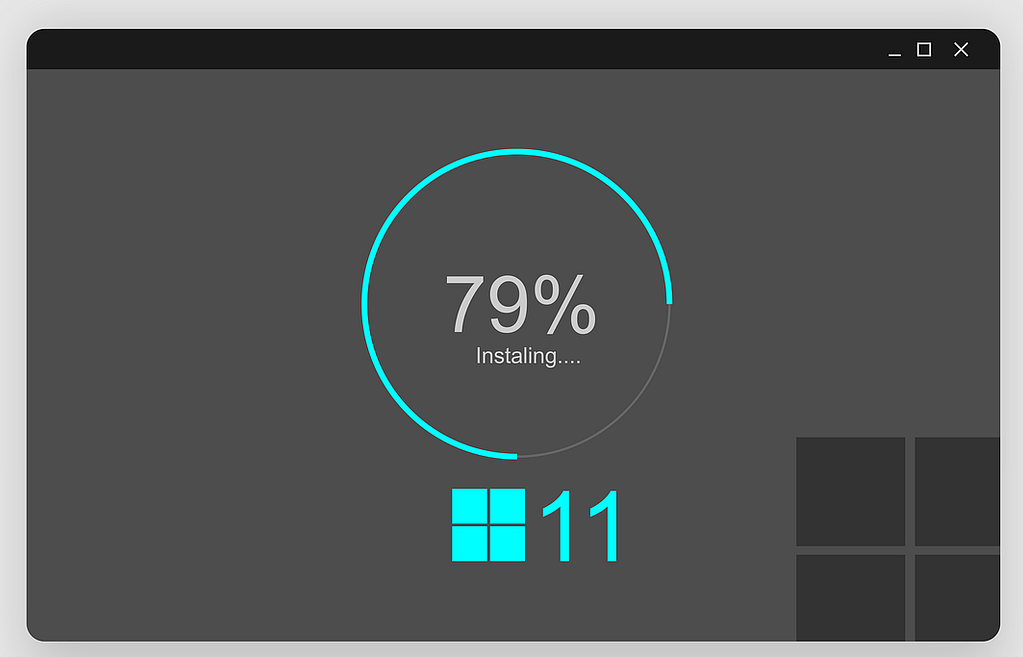Managing Windows Upgrades for Maximum Performance
IT disregards interruption, and Microsoft is providing enough of it. This is how to stop the continuous Windows updates.

During a meeting at Citigroup’s Global Technology Conference in September, Intel’s finance specialist, David Zinsner, got people talking. He hinted about a new version of Windows, maybe Windows 12, arriving in 2024. What piqued my interest was his claim that the next “Windows refresh” may be so significant that it would necessitate the purchase of new computer hardware.
Whether Microsoft calls it Windows 12 or anything else, the general consensus is that this Windows update will cause a stir. It’s not a little move; it’s intend to have a substantial impact on how our computers work. What’s more, guess what? They’ll have to spend time testing and verifying the freshly implemented system in their own professional environments, which they’ve performed a lot lately.
New Features to fix bugs
Windows has a long history of frequent upgrades, dating back to Windows XP, when new features were released every two years. However, in today’s fast-paced technological environment, Microsoft had to accelerate things. We saw significant upgrades with new features twice a year throughout the Windows 10 period, on top of monthly patches for security and bug fixes. Microsoft vowed to slow down when it introduced Win 11 in 2021, instead opting on annual feature improvements. They changed their minds barely a year later. Instead of massive upgrades, they began offering improvements via smaller updates dubbed “Moments,” which were release numerous times a year. As a result, the update cycle continues, responding to the ever-changing needs of technology and consumer expectations.
Cherry raised dissatisfaction, pointing out that, although monthly fixes should ideally focus on addressing vulnerabilities, Microsoft frequently includes arbitrary updates. According to him, Microsoft has struggled to maintain a strict schedule of just issuing security updates on Patch Tuesday. Because of this inconsistency, customers are unsure if they will receive fresh functions or an update including a combination of features and a fix for a zero-day flaw.
Ben Bajarin, head of Creative Strategies consulting, on the other hand, regards these regular revisions as a vital step. He agrees that these updates are not large fixes, but he underlines that they address a variety of serious areas that need to be addressed. Bajarin realizes that frequent updates may not be convenient for consumers or businesses, but given the complexity of Windows, he feels they are critical to preserving the system’s operation and security. In essence, it’s a trade-off between the inconvenient nature of regular upgrades and the requirement for a stable and secure the system.
Staying connected with Windows

Microsoft is surpassing the IT environment, with many businesses still using Win 10 and not upgrading to Windows 11, even two years after its release. According to IDC, 29% of PCs shipped this year have Win 10, mostly for business clients. On the consumer front, all new PCs are running Win 11.
According to StatCounter, an analytics organization, Win 10 now dominates the Windows landscape with 68%. Whereas Windows 11 lags far behind with less than 27%. To put this in context, two years after its debut, Win 10 was tied with Windows 7 at 41%. That’s demonstrating a far faster adoption rate than Windows 11. Since StatCounter does not differentiate between consumer and corporate use. It is probable that a significant fraction of PCs in use today are in the possession of business users. This report highlights the slower uptake of Windows 11 in the business sector compared to the general market.
The slow shift to Win 11 can be trace partly to the stringent hardware requirements for installation. When Win 10 was first introduced, practically any PC running Windows 7 could upgrade to it. However, when 11 was released, only most recent PCs could make upgrade, as earlier machines lack of important security technologies. Irrespective of whether they realized it or not, most users had to wait until they bought new PCs. That will fulfilled the upgraded hardware specifications before upgrading to Windows 11. The needed hardware upgrades have operated as a substantial barrier, limiting consumer adoption of 11.
Adapting to Constant Change
Change is continuous in the world. Although Vladimirskiy believes that when managed correctly, Microsoft’s regular upgrades do not have to be disruptive. He concedes that certain customers may be at danger, but he applauds Microsoft for improving update stability and dependability. According to him, the update deployment tools have substantially expedited the procedure. Intune, Microsoft’s management solution, includes this into the best standard update approach.
Cherry warns against postponing upgrades, noting the growing danger landscape. He accustomed to wait an entire week after Patching Tuesday. But the increasing amount of zero-day weaknesses and assaults, he now emphasizes quick patching the tiny risk of having to rollback. Cherry recommends that every firm actively participate in the Insider beta test program. Instead of waiting for the formal release, he suggests participating in beta releases, which allow for early testing of changes.
According to Cherry, to have at least one person in the IT department committed to examining these preview builds. This proactive strategy guarantees that possible issues are recognized early and addressed before the official release. While the preview channel demands an investment of time, the long-term rewards in terms of readiness and easier transitions.


